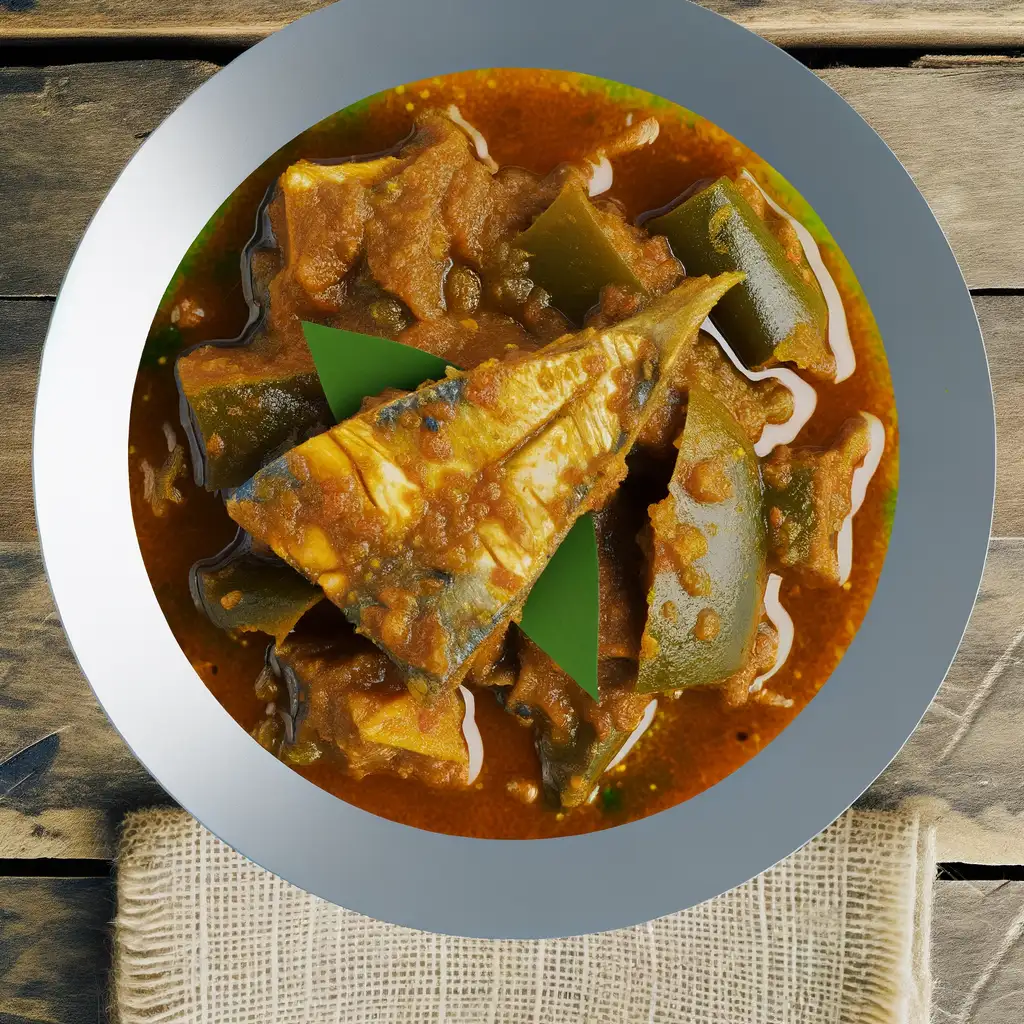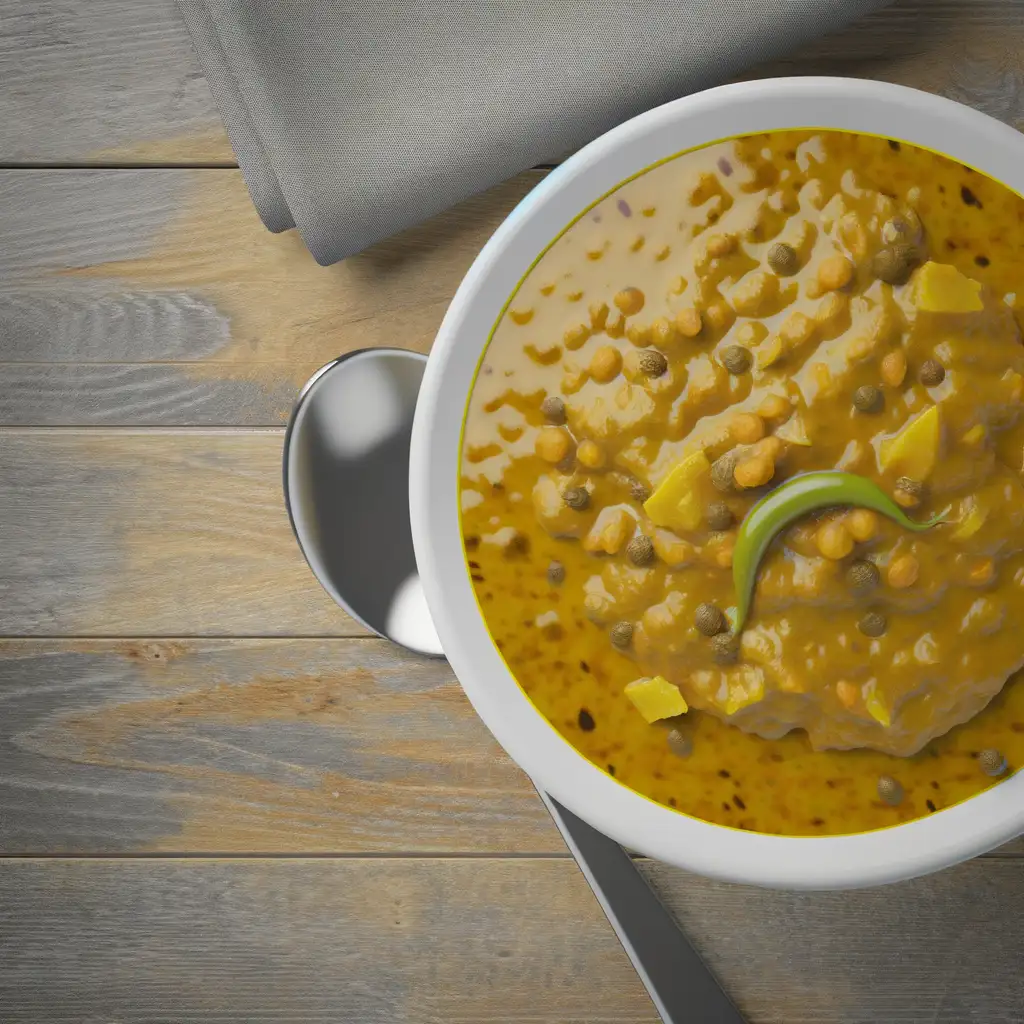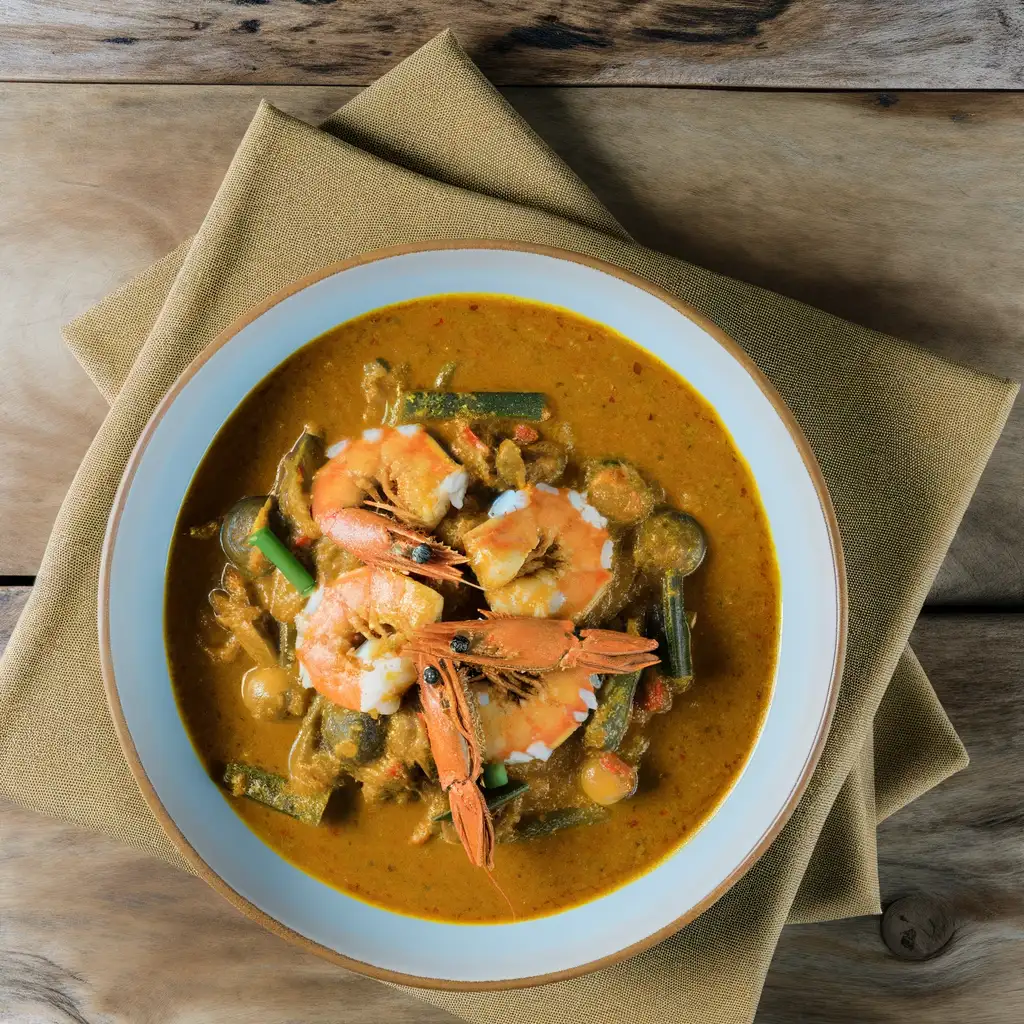



If you ever find yourself craving a place where the ocean feels endless and the air hums with a gentle,salty breeze,Trincomalee is where you want to be. This coastal town in Sri Lanka has this laid-back charm that instantly slows your pace. Imagine waking up to the soft lapping of waves against golden shores,the sun casting a warm glow over turquoise waters so clear you can spot colorful fish darting beneath the surface. It’s the kind of place where mornings start with the scent of fresh seafood grilling nearby and the distant call of fishermen heading out to sea. Trincomalee’s character is a beautiful blend of history and culture. The ancient Koneswaram Temple perched on a cliff offers not just spiritual calm but breathtaking views that make you pause and breathe it all in. Walking through the town,you’ll hear a mix of Tamil and Sinhala chatter,the clatter of markets bursting with tropical fruits,and the occasional rhythm of traditional drums. The local food scene is a vibrant adventure—think spicy crab curries,tangy sambols,and sweet,creamy king coconut water that refreshes you like nothing else. What really stays with you is the genuine warmth of the people and the way the town feels alive yet unhurried. Whether you’re snorkeling in Pigeon Island’s coral gardens or simply watching the sunset paint the sky in fiery hues,Trincomalee invites you to slow down,soak up its rhythms,and leave with a heart full of stories.
The information on this page is currently being reviewed by Tripkliq and should be used as a guide only
Eng word: Hello
Eng pronunciation: Vanakkam
Local language: வணக்கம்
Eng word: Goodbye
Eng pronunciation: Priyavidai
Local language: பிரியாவிடை
Eng word: Thank you
Eng pronunciation: Nandri
Local language: நன்றி
Eng word: How much
Eng pronunciation: Evvalavu
Local language: எவ்வளவு
Eng word: Toilet
Eng pronunciation: Kazhipparai
Local language: கழிப்பறை
Eng word: Help me
Eng pronunciation: Enakku Udhavungal
Local language: எனக்கு உதவுங்கள்
Eng word: Yes
Eng pronunciation: Aam
Local language: ஆம்
Eng word: No
Eng pronunciation: Illai
Local language: இல்லை
Eng word: Excuse me
Eng pronunciation: Mannikkavum
Local language: மன்னிக்கவும்
Trincomalee has been a significant port city for over two millennia, serving as a major maritime hub in the Indian Ocean due to its strategic location and natural deep-water harbor.
The Koneswaram Temple, also known as the Temple of a Thousand Pillars, is a classical-medieval Hindu temple dedicated to Lord Shiva. It is one of the Pancha Ishwarams (five abodes of Shiva) and has a history dating back to 205 BC.
Built by the Portuguese in 1624 and later expanded by the Dutch and British, Fort Frederick is a historical fort that offers stunning views of the Trincomalee harbor and the Indian Ocean.
During World War II, Trincomalee was an important naval base for the British Royal Navy. The harbor was a key strategic point in the Indian Ocean, and remnants of this era can still be seen today.
Located in a 17th-century Dutch building, the Maritime and Naval History Museum showcases the rich maritime history of Trincomalee, including artifacts from various periods and naval battles.
The Kanniya Hot Springs are a series of seven hot wells with varying temperatures. These springs are believed to have been used since ancient times and are associated with the legend of King Ravana from the Ramayana.
Lover's Leap is a cliff near the Koneswaram Temple, named after a tragic love story. It offers breathtaking views of the ocean and is a popular spot for tourists to visit.
Swami Rock, also known as the 'Gibraltar of the East,' is a prominent rock formation that rises 130 meters above sea level. It is a significant landmark and offers panoramic views of the surrounding area.
Dutch Bay is a picturesque bay in Trincomalee, named after the Dutch colonial period. It is a popular spot for swimming, snorkeling, and enjoying the scenic beauty of the coastline.
In Trincomalee, the most common Power Adaptor is Type D, Type G.



A popular street food made from chopped roti (flatbread) stir-fried with vegetables, eggs, and a choice of meat, seasoned with spices.
.webp)
A bowl-shaped pancake made from fermented rice flour, often served with a variety of fillings such as egg, honey, or spicy sambol.

A traditional sour fish curry made with firm fish, cooked with goraka (a sour fruit) and a mix of spices, giving it a unique tangy flavor.

A staple dish made from lentils cooked with spices and coconut milk, often served with rice or roti.

A flavorful curry made with fresh catch from the ocean, typically including fish, prawns, and crab, cooked in a rich coconut milk base with spices.

A spicy condiment made from prawns, coconut, and a blend of spices, often served as an accompaniment to rice or bread.

A flatbread made with grated coconut and flour, often enjoyed with curries or as a snack.
If you step into Colombo District,you immediately feel the pulse of a city that’s both vibrant and laid-back,where old-world charm meets modern hustle. Imagine walking along bustling streets lined with colonial-era buildings,their faded facades telling stories of a rich past,while sleek glass towers rise nearby,reflecting the tropical sun. The air carries a mix of scents—spices from street food stalls,salty sea breeze from the nearby coast,and the faint aroma of jasmine from roadside vendors. It’s a place where the sounds of honking tuk-tuks blend with the call to prayer and the laughter of children playing in small parks.
Colombo’s character is a beautiful mosaic of cultures. You’ll find Buddhist temples nestled beside mosques and churches,and markets where Tamil,Sinhalese,and Muslim communities come together in a colorful dance of languages and traditions. The city’s food scene is a feast for the senses—imagine biting into a crispy hopper drizzled with coconut sambol or sipping on a strong,sweet Ceylon tea while watching the sunset over Galle Face Green,where locals fly kites and families gather to unwind.
What makes Colombo truly special is its warmth. Despite the city’s fast pace,there’s a genuine friendliness in the smiles of shopkeepers and the inviting chatter in cafés. It’s a place where you can lose yourself in vibrant street art one moment and find quiet reflection in a serene temple garden the next. Colombo isn’t just a destination; it’s an experience that stays with you long after you leave.
If you ever find yourself in Male,Maldives,get ready to be swept up by a vibrant little city that pulses with island life and unexpected energy. It’s not your typical tropical getaway where everything feels distant and quiet—instead,Male buzzes with a lively rhythm,where the scent of salty ocean air mingles with the aroma of fresh spices from bustling street markets. Walking through its narrow streets,you’ll hear the chatter of locals,the hum of motorbikes,and the occasional call to prayer echoing from the mosques,all blending into a soundtrack that feels both ancient and alive.
What’s really captivating about Male is how it balances tradition and modernity. You’ll see colorful buildings painted in bright pastels,fishing boats bobbing in the harbor,and sleek cafes serving up rich Maldivian coffee alongside international flavors. The city’s compact size means you can explore on foot,discovering little corners where vendors sell fragrant tropical fruits or where fishermen unload their fresh catch of the day. The warmth of the people here is palpable—they’re proud of their culture and eager to share stories if you stop to chat.
And don’t miss the chance to taste the local cuisine—imagine biting into a spicy mas huni breakfast,where shredded tuna,coconut,and chili dance on your tongue,or savoring grilled seafood fresh from the Indian Ocean. Male isn’t just a gateway to the Maldives’ famous resorts; it’s a lively,sensory-rich place that invites you to slow down,soak in the island spirit,and feel connected to a culture that’s as deep as the surrounding blue waters.
If you find yourself wandering through Sri Lanka,Galle District feels like stepping into a storybook where history and everyday life dance together effortlessly. The moment you arrive,there’s this warm,salty breeze carrying the distant chatter of fishermen and the rhythmic crash of waves against ancient fort walls. It’s a place where time slows down just enough for you to savor the vibrant colors of colonial buildings,their shutters flung open to reveal cozy cafes brewing rich Ceylon tea and the scent of freshly baked pastries. Walking through the cobbled streets of Galle Fort,you can almost hear whispers of centuries past mingling with the laughter of locals and the clinking of glasses as the sun dips low.
What really makes Galle special is its blend of cultures and the genuine warmth of its people. You’ll find artists sketching by the sea,street vendors selling spicy kottu roti that fills the air with tantalizing aromas,and markets bursting with tropical fruits so fresh they almost taste like sunshine. The district’s coastline is a playground of turquoise waters and golden sands,perfect for a lazy afternoon swim or a sunset stroll where the sky blushes in shades of pink and orange.
Beyond the fort,the landscape unfolds into lush tea plantations and quaint villages where life feels beautifully unhurried. Galle isn’t just a place to visit—it’s a place to feel alive,to connect with a rich tapestry of history,culture,and nature that stays with you long after you’ve left.
A port city in Kerala,India,known for its picturesque backwaters,Chinese fishing nets,and nearby islands like Vypin and Willingdon Island,offering a mix of culture and natural beauty.
ExploreImagine stepping into a place where the air hums with the gentle rhythm of waves lapping against sun-warmed shores,and the scent of salty sea mingles with fragrant street food stalls. That’s Phuket for you—a vibrant island that feels alive in every sense. It’s not just the stunning beaches that grab you,but the way the island pulses with a laid-back energy,where colorful markets buzz with chatter and the aroma of grilled seafood fills the air. Walking through the old town,you’ll find charming Sino-Portuguese buildings painted in pastel hues,their shutters creaking softly in the tropical breeze,while tuk-tuks zip by,adding a playful soundtrack to your explorations.
Phuket’s character is a beautiful blend of tradition and liveliness. Temples with golden spires peek out from lush greenery,inviting quiet moments of reflection,while nearby,night markets burst with life—vendors calling out,sizzling woks,and the sweet tang of mango sticky rice tempting your taste buds. The island’s culture is warm and welcoming,with locals who smile easily and share stories over cups of strong Thai coffee or fresh coconut water.
What makes Phuket truly special is how it wraps you in its embrace—whether you’re watching a fiery sunset from a cliffside bar,diving into crystal-clear waters teeming with vibrant marine life,or simply savoring the spicy kick of a freshly made curry. It’s a place that invites you to slow down,soak in the colors,sounds,and flavors,and leave with a heart full of unforgettable moments.
Imagine stepping into a city where sleek skyscrapers meet lush greenery,and every corner hums with a vibrant energy that’s both modern and deeply rooted in tradition. That’s Singapore for you—a place where the air carries the fragrant mix of blooming orchids and sizzling street food,and the streets buzz with a blend of languages and laughter. Walking through neighborhoods like Chinatown or Little India,you’ll catch the rich aromas of spices mingling with the sweet scent of tropical fruits,inviting you to explore further.
What’s truly captivating about Singapore is how effortlessly it balances the fast-paced pulse of a global hub with pockets of serene beauty. You can be wandering through the futuristic Gardens by the Bay one moment,marveling at the towering Supertrees glowing softly at dusk,and the next,find yourself savoring a bowl of laksa or chili crab at a bustling hawker center,surrounded by locals chatting animatedly. The city’s character shines through its people—warm,diverse,and proud of their heritage,yet always welcoming.
There’s a rhythm here that’s both energizing and comforting. Whether you’re cycling along the waterfront,catching a sunset over Marina Bay Sands,or simply sipping kopi in a cozy café,Singapore invites you to slow down and soak in its unique blend of cultures,flavors,and sights. It’s a city that surprises you with its layers,making every visit feel like a new discovery.
Vendors on the beach may sell souvenirs, food, or drinks at significantly higher prices to tourists.
Some money exchange services may offer unfavorable rates or shortchange tourists during transactions.
Scammers may pose as charity workers or monks asking for donations, but the money does not go to a legitimate cause.
Scammers may sell fake tickets to popular attractions or events, leaving tourists unable to enter.
Individuals may pose as tour guides and offer their services, only to provide little value or demand excessive fees.
Tourists may be offered fishing trips or boat rides at a low price, only to be charged hidden fees later.
Tourists may be sold fake or low-quality gemstones at high prices, claiming they are valuable and authentic.
Some restaurants may charge exorbitant prices for seafood dishes, especially if the prices are not clearly listed on the menu.
Tuk-tuk drivers may overcharge tourists by quoting inflated prices or taking unnecessarily long routes.
Unlicensed operators may offer wildlife or safari tours that are poorly organized or fail to deliver on promises.
The use, possession, and trafficking of illegal drugs are strictly prohibited in Trincomalee and throughout Sri Lanka. The country has stringent anti-drug laws, and violations can result in severe penalties, including long prison sentences and heavy fines. Tourists should avoid any involvement with illegal drugs to ensure their safety and compliance with local laws.
In Trincomalee, as in the rest of Sri Lanka, smoking is prohibited in public places such as restaurants, public transport, and government buildings. There are designated smoking areas where smoking is allowed. Violating these regulations can result in fines. Tourists should be mindful of these rules to avoid penalties.
Vaping is subject to similar regulations as smoking in Trincomalee. It is prohibited in public places and only allowed in designated areas. The sale of e-cigarettes and vaping products is also regulated, and tourists should ensure they are compliant with local laws to avoid any legal issues.
What are other people saying about Trincomalee?
Recent Social posts about Trincomalee
There is nothing to show you for now.